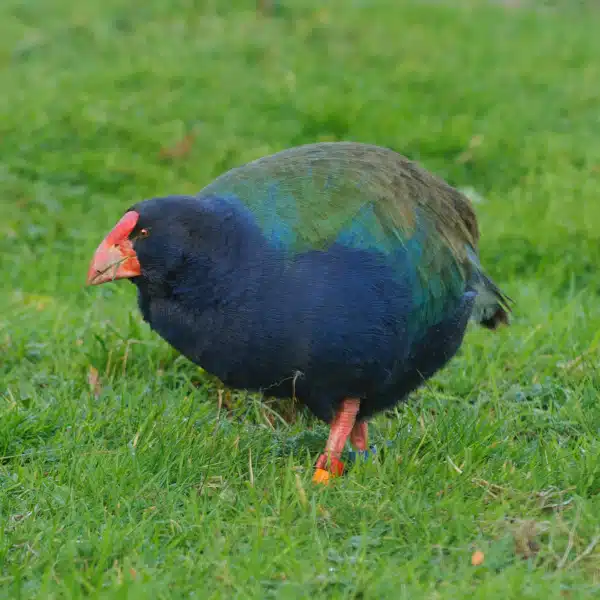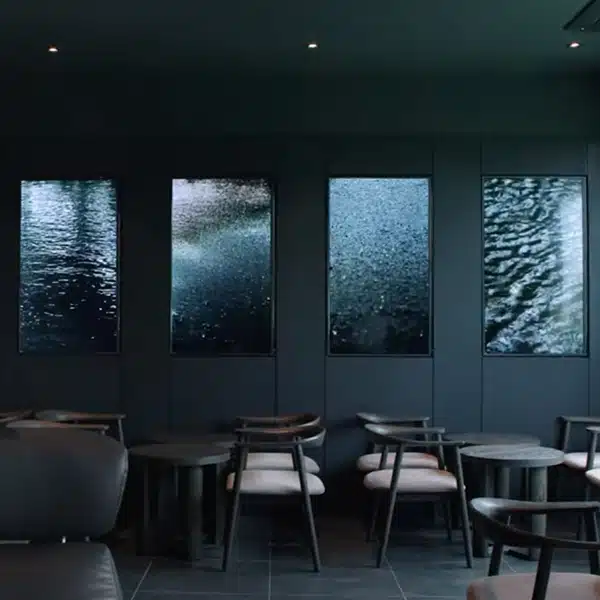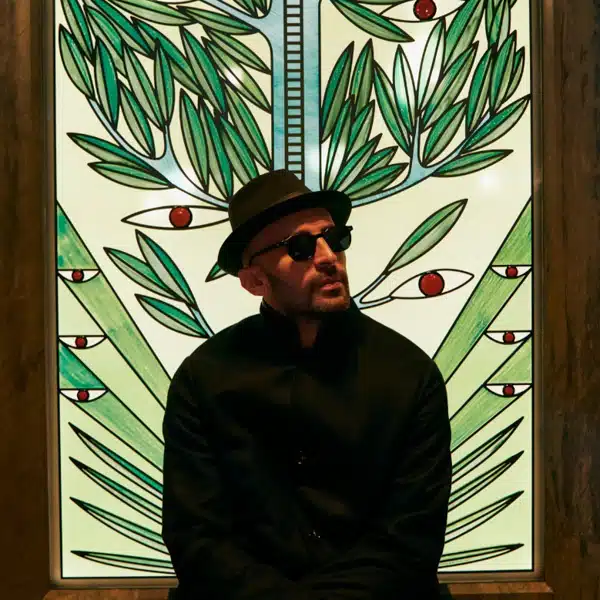View this post on Instagram
Helping the threatened population of bees (and other pollinators) plays a big role in preserving our fragile environment. Back in 2019, Utrecht, Holland, transformed hundreds of bus stops into plant-filled havens for the insects. Leicester, England, quickly followed suit and implemented the pollination pit stops into their city-wide climate initiative in 2021. Thanks to the huge success of these renovated bus stops, the UK is planning on creating at least 1,000 more.
The stations are called Living Roofs, adorably nicknamed “Bee Bus Stops,” and were designed by Clear Channel in partnership with ecologists. Filled with a mix of native wildflowers and sedums, the adorned bus stops support biodiversity. Passersby can see wild strawberries, poppies, pansies, thyme, and wild marjoram atop the unassuming structures. What they might not see is that these wildflowers were specifically chosen to attract pollinators like “common carder bees, buff-tailed bumblebees, peacock butterflies, small tortoiseshell butterflies, and chequered hoverflies.”
Their good work doesn’t end there, though; the stations also absorb rainwater and particulates in the air, reducing the “Urban Heat Island Effect” and contributing to climate resistance. Clear Channel states that the Bee Bus Stops, “help make the city a greener and happier place.” The only maintenance the Living Roofs need is two visits a year to trim, weed, and fertilize. Watering is only required if there’s been a drought.
Every detail seems to be taken into consideration, from the design of the Living Roofs to the urban landscape they’re being built in. Materials are “100% recycled or upcycled,” and locally sourced where possible. But there is a caveat. Because Living Roofs are specially designed to carry a lot of weight, they can’t just be added to existing bus stops. Therefore, the new stops are only installed where bus stops need to be replaced. Louise Stubbings at Clear Channel explains, “We don’t want to rip perfectly good shelters out of the ground to put a new one in. You have to be really considered and mindful with planning these things and making sure the good they’re providing really is good.”
With their many advantages, it’s easy to see how the Bee Bus Stops have quickly gained popularity. Since the installation of Living Roofs in Leicester, there have been others installed across the UK in cities such as Derby, Oxford, Cardiff, Sunderland, and Glasgow. Last year, one was installed in Brighton after almost 50,000 people signed a petition. Public demand seems to emulate Clear Channel’s plans for the concept. Stubbings declared, “We want to do it in as many cities in the UK as possible.”
The company's plans for the Bee Bus Stops go even beyond the UK, though. “We see this as a long-term, scalable addition to our bus shelters. We’d like to do them everywhere, the positive effects are incredible,” says Stubbings. It has already been established in the Netherlands, Denmark, and Sweden, and plans to create more pit stops in France and Belgium by the end of 2022. They’ve even received requests from as far away as Canada and Australia.
Of the many already seeing the positive effects of the Bee Bus Stops is Derby. “Bus stops are a great way of being very present in the city. Everyone sees them, even if they’re not taking the bus, but walking or driving past,” states Jo Smith. As CEO of Derbyshire Wildlife Trust, a partner of Clear Channel for the Derby bus stops, Smith points out that turning something so emblematic of city life into a visible, tangible piece of nature is a key advantage. “It’s a visible representation of the small changes we want communities, individuals, and organizations to take in order to create more space for nature.”
Scroll down to see these incredible Bee Bus Stops in action.
Back in 2019, Utrecht, Holland, transformed hundreds of bus stops into plant-filled havens—nicknamed Bee Bus Stops—to help combat the declining population of pollinators.
Go #Utrecht! In my city, 316 bus stops now have a green roof. These roofs help to capture fine dust, storage of rainwate, provide cooling in the summertime and they contribute to the city’s biodiversity, supporting insects. Want one too? | #climateaction https://t.co/t0H2vIXPkP pic.twitter.com/BoPQOKDTE7
— Jolanda van Ginkel (@jolandavginkel) July 7, 2019
Leicester, England, quickly followed suit by implementing the pollination pit stops into their city-wide climate initiative in 2021.
View this post on Instagram
Thanks to the success of these first stations, Clear Channel has partnered with ecologists on a mission to replace over 1,000 old bus stops with new Living Roof bus stops.
View this post on Instagram
Cities like Derby, Glasgow, and Oxford are already enjoying the benefits of the biodiversity-boosting, low-maintenance bus stops.
View this post on Instagram
Clear Channel plans to bring nature to cities across the world. Countries like France, Belgium, and the Netherlands already have plans in place for Bee Bus Stop installations in the near future.
View this post on Instagram
Clear Channel UK: Website | Instagram | Twitter
h/t: [The Guardian]
Related Articles:
Holland Turns Over 300 Bus Stops into Green Roof Ecosystems for Bees
Leicester Is Turning All of Its Bus Stops Into Green Roof Pollinator Gardens for Bees
Innovative ‘Bee Bricks’ Are Drilled With Tiny Holes To Offer Homes for Solitary Bees
Japanese Shrine Creates Custom Water Sanctuary for Bees To Stay Hydrated






















































































